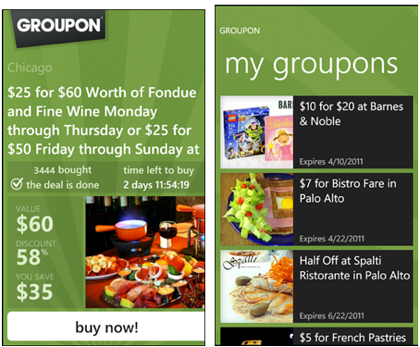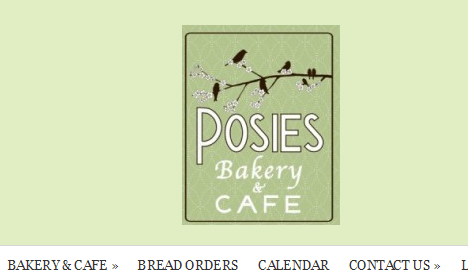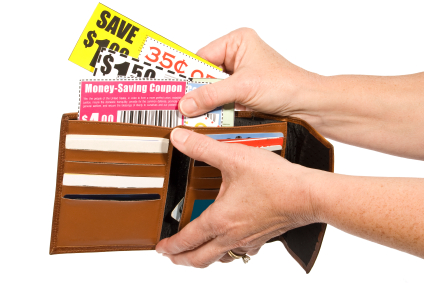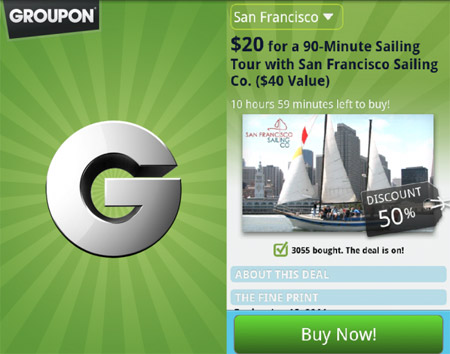During a recent keynote address to business owners, I posed a question that has been asked many times over the years. Which is more important in advertising, the frequency or the message? The majority of hands were raised for the message. Surprisingly, quite a few of those hands represented radio stations whose main feature is frequency.
As an example of message vs. frequency, I told the story of Ajax, the lost wonder dog, who was fetched for a cool thousand-dollar reward. Ajax was found because of both the strong message and the frequency. For advertising to be successful, it must have both.
Listed below are the three top reasons a business should be advertising day in and day out, 365 days a year.
People Move
Here are some interesting facts from a study conducted by the United States Department of Commerce: The U.S. Census Bureau reports that 11.6 percent of Americans changed residences between 2010 and 2011. Of those who moved, seven in 10 relocated within the same county, nearly two in 10 moved from a different county within the same state, and approximately one in 10 moved from a different state. So in an area of 150,000 people, expect that 18,000 of those people will have recently moved, and many of them are new to the areas.
What happens to their shopping habits? They change, of course. These new residents are looking for a business they can trust. They are also searching for the same quality and customer service they found in their previous location. A business owner can no longer say, "I've been in business at this location for 48 years, and everybody knows about me." Yes, some will remember the business. But the establishment has not advertised recently, there is an even better chance many people won't know about it. The point is, there will always be new people in the area who need to know about local businesses.
People Forget
When it comes to advertising, what people encountered a month ago, a week ago, or even yesterday is mostly forgotten. At a recent advertising seminar, I asked 300 business owners who advertise regularly what advertisements they remembered from the previous day. Just 3 percent could remember one advertisement from the day before, and only 1 percent could remember more than one.
According to Advertising Age, the average consumer encounters between 254 and 5,000 messages per day. The magazine points out, "The ability of the average consumer to even remember advertising for 24 hours is at the lowest level in the history of our business." And that was written in 2007, at the beginning of the Internet shift.
Who stands a better chance of being remembered? Is it the business that advertises once a day? Or the business that advertises with frequency, day in and day out? ROS (run of site) on a strong local website will make a difference also. The best remembered business is the business that is consistently present and has a great message.
People Don't Make Decisions Overnight
I live in Houston, Texas. Population 5 million. How many people woke up in Houston today and decided to buy a Harley-Davidson motorcycle? Just decided to go to their nearest Harley-Davidson dealer and write a $20,000 check for a new Harley? Answer: Zero.
What did they do? They thought about it. It takes those potential buyers about nine months to go from first thinking about buying a Harley to actually going inside a store and seriously considering purchasing one. Where was the Harley dealership over those nine months? I am not talking about advertising a special event or July 4th promotion. I am talking about being there all the time, in front of the consumer.
A 2003 LPG survey, updated for 2011, found that there are four stages to the buying cycle. When it comes to products and services, with the exception of groceries, consumers take a long time to make a purchasing decision. Hit-and-miss advertising means your ads will hit and miss. Being present all the time means the advertiser will be in the consumer's mind when it comes time to make an important buying decision.
When I first lost Ajax, I posted 350 signs -- 8.5 inches by 11 inches, with his picture and the word REWARD (though no amount was given). I put a flyer on every signpost and telephone pole that I could find within a two-mile radius. When I failed to get results, I took a different approach. I added $1,000 for Ajax's reward, changed the sign to black letters on a yellow background, and doubled the size of the sign. It took all of 45 minutes to get Ajax back -- after five days of no results the smaller signs with the unspecified reward.
I needed both a compelling message and frequency of signage in order to get Ajax returned. The same rules hold true for your advertising. Be there with a good message, and be there all the time!
Sean Luce is the Head National Instructor for the Luce Performance Group and can be reached at luceperformancegroup@gmail.com







